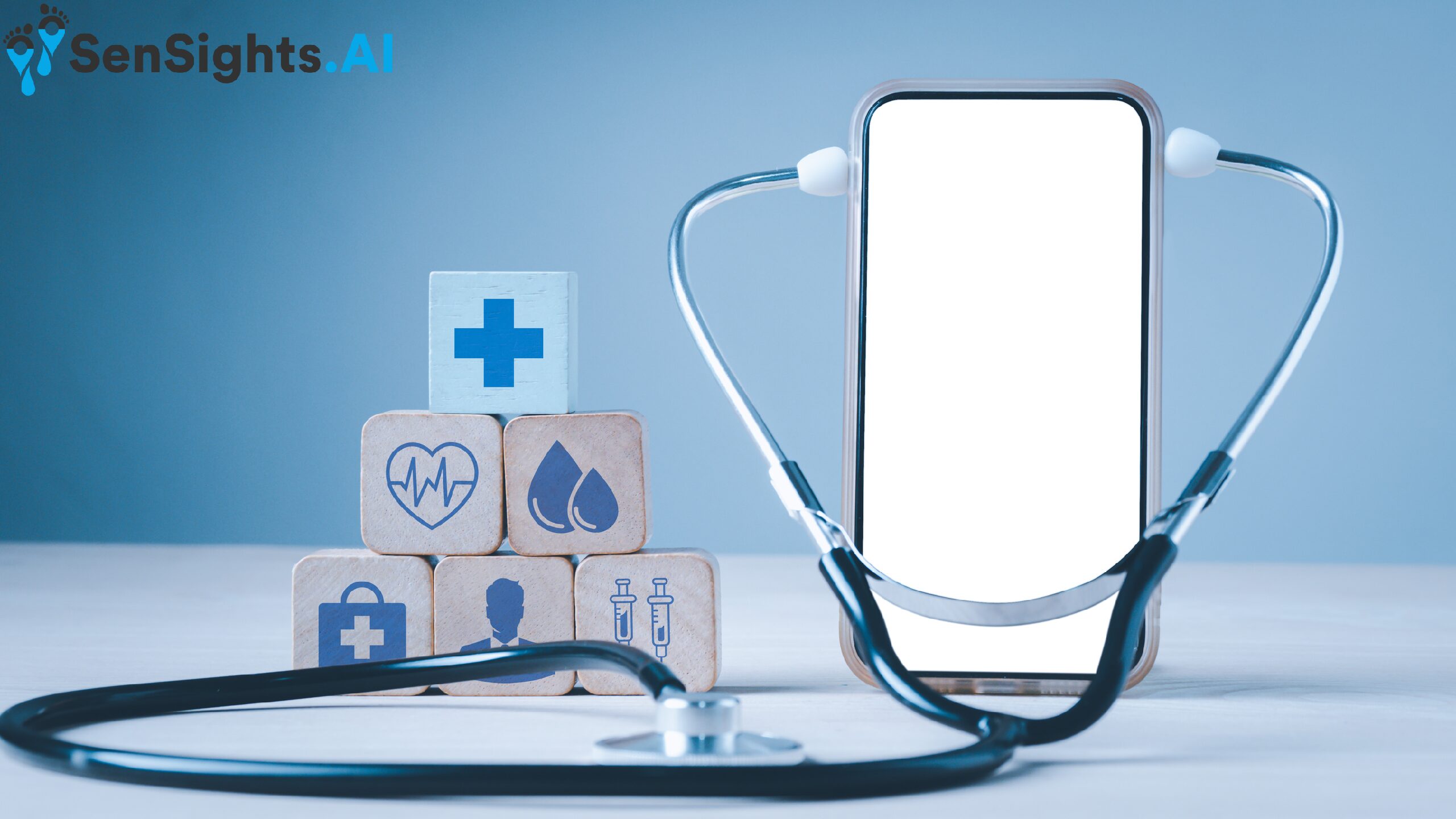Image Credit: Canva
n recent years, the healthcare industry has witnessed a significant shift in its technological landscape, with the rise of edge computing gaining prominence. Edge computing, the practice of processing and analyzing data closer to the source, has revolutionized how healthcare organizations handle vast amounts of data in real-time. As the healthcare sector continues to adapt and evolve, so do its priorities regarding edge computing. In this article, we will explore how healthcare’s edge computing priorities have changed and the potential implications for the industry.
Real-time Data Processing:
One of the key priorities for healthcare’s edge computing is real-time data processing. With the proliferation of connected medical devices, wearables, and IoT technologies, healthcare organizations now have access to an immense volume of real-time patient data. Edge computing enables the processing and analysis of this data at the point of collection, ensuring instant insights and faster decision-making. This capability is critical for time-sensitive situations such as emergency care, remote patient monitoring, and telemedicine.
Data Security and Privacy:
As healthcare becomes increasingly digital, data security and privacy have become major concerns. Edge computing allows for data to be processed and stored locally, reducing the risk of breaches during data transfer to centralized servers. By keeping sensitive patient information closer to the source, healthcare organizations can enhance data security and maintain patient privacy. This priority aligns with the industry’s commitment to maintaining regulatory compliance, such as HIPAA in the United States.
Bandwidth Optimization:
Edge computing helps address the challenge of limited bandwidth in healthcare settings. By processing and analyzing data at the edge, only relevant and actionable information needs to be transmitted to centralized systems. This approach reduces the strain on network infrastructure and enables healthcare providers to optimize bandwidth usage. It is particularly beneficial in remote or resource-constrained areas where connectivity may be limited, allowing healthcare organizations to deliver efficient and reliable care.
Improved Patient Care and Outcomes:
Healthcare’s edge computing priorities also revolve around enhancing patient care and outcomes. By leveraging edge computing capabilities, healthcare providers can collect and analyze patient data in real-time, enabling personalized and proactive interventions. Real-time data insights can help identify patterns, predict adverse events, and facilitate early interventions, leading to improved patient outcomes and reduced healthcare costs. Edge computing also supports remote patient monitoring, enabling patients to receive high-quality care in the comfort of their homes.
Scalability and Flexibility:
Scalability and flexibility are crucial considerations for healthcare organizations. Edge computing provides the flexibility to scale resources based on specific needs, allowing healthcare providers to handle varying workloads efficiently. This agility is especially important during peak periods or when dealing with sudden surges in data volume. By leveraging edge computing’s decentralized architecture, healthcare organizations can ensure seamless operations, enhanced performance, and improved resource utilization.
Conclusion:
As healthcare continues to embrace digital transformation, edge computing has emerged as a game-changer. The evolving priorities of healthcare’s edge computing encompass real-time data processing, data security and privacy, bandwidth optimization, improved patient care and outcomes, and scalability and flexibility. By harnessing the power of edge computing, healthcare organizations can unlock new opportunities for innovation, deliver more personalized care, and drive positive outcomes for patients. Embracing these changing priorities will undoubtedly shape the future of healthcare and revolutionize the delivery of patient-centric services.
SenSights is a Remote Patient Monitoring and Ageing Solution that aids seniors and healthcare facilities that work with elders who have chronic disorders such as dementia, Alzheimer’s, high blood pressure, falls, COPD, long COVID, and others.
The solution assists at-risk providers, skilled nursing facilities, long-term living communities, home health care providers, and other senior care entities in increasing their capacity by supplementing physical visits with virtual care, preventing wandering and fall episodes, and providing proactive monitoring, risk profiles, and smart alerts via our SenSights Care app.
Clear MD is one of our innovative technologies that helps doctors and patients by summarizing conversations and giving thorough notes and reports. This saves doctors time and effort, allowing them to free up resources and provide a greater level of treatment.
Contact us HERE to learn more about SenSight.Ai and Clear MD!

